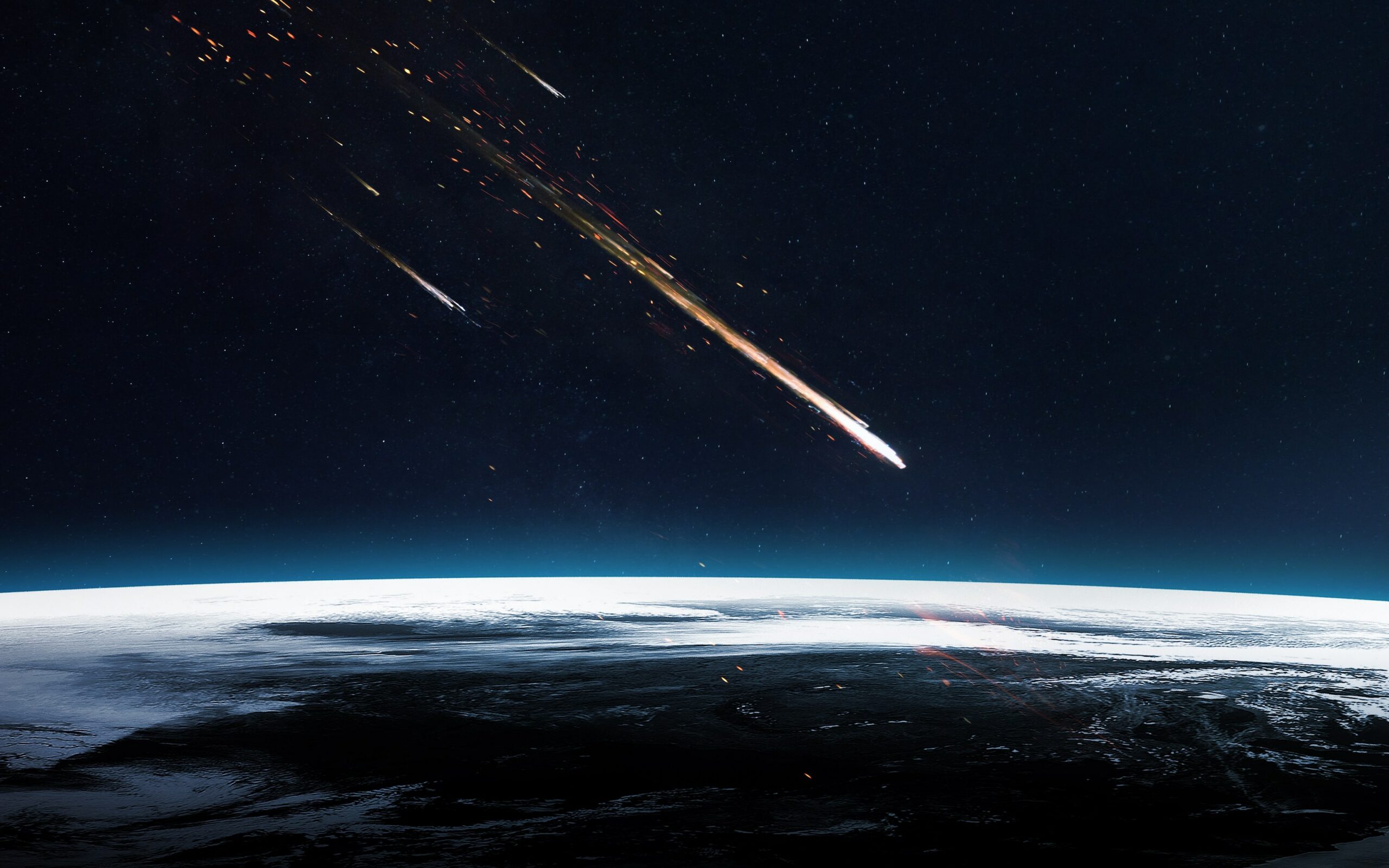What exactly happened in a remote area of Siberia on June 30, 1908? The short answer: no one knows, but some incredible force loud enough to be heard miles away also flattened some 80 million trees near the Stony Tunguska River. Now called the Tunguska Event, it has captured the imaginations of scientists, meteorologists, and conspiracy theorists alike.
We do know: a little after 7:00 in the morning, indigenous Evenki and Russian settlers noticed a column of bluish light, described as being as bright as the Sun, moving across the sky. Around ten minutes later, witnesses saw an incredibly bright flash and heard a sound they described as being like heavy artillery fire or a giant fireball.
The shock wave generated by the explosion was strong enough to shatter windows in buildings hundreds of kilometers away. Seismic events were recorded as far away as Washington, D.C. and the United Kingdom. The event itself was estimated to be a 5 on the Richter earthquake scale but wasn’t a true earthquake. Even stranger, the night sky lit up across northern Europe and Asia. Photographs reported to have been taken at midnight appear as brightly lit as if they were taken in the daytime.
Seismologists and geologists traced the impact to the Tunguska River and rushed to study the area. They expected to find an impact crater of some kind, expecting that a crashed meteor or comet had caused the explosion. Though they were gobsmacked to discover 830 square miles of forest demolished, there was no impact crater. Whatever had happened, happened entirely above ground.
Theories abounded, some more colorful than others. These included everything from the somewhat reasonable notion that perhaps a huge plume of natural gas naturally ignited to the hypothesis that Nikola Tesla had been testing some kind of superweapon. Aliens, black holes, and time travel have also been advanced as possible explanations. However, scientific consensus has settled on the comet theory.
Comets are composed of space dust, ice, and frozen gasses. In the coldness of space, volatile gasses such as hydrogen, methane, and nitrogen freeze easily. On entering Earth’s atmosphere, however, these frozen gasses would have begun melting. Depending on the chemical composition of the space dust, the friction generated by falling through the atmosphere could have been enough to ignite these gasses before the comet hit the ground spontaneously. Such an explosion could explain the various phenomena observed by witnesses and why no impact crater nor space rocks have ever been found.
A variation on the comet theory points to a nearby lake, Lake Cheko. Though the scientists proposing this theory do not dispute the above-ground explosion, they posit that the comet exploded above the lake. Any physical evidence thus remains underwater and has probably rusted away by now. However, the geological survey of the Tunguska forest has turned up trace elements believed to have originated in outer space.
Regardless of the truth, the Tunguska Event continues to capture the imagination, showing up frequently in popular culture.

